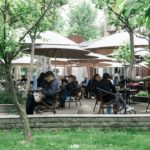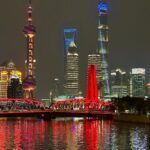There’s a well-known saying in China: “To see 3,000 years of Chinese history, visit Xi’an; to explore 1,000 years, go to Beijing; and to witness the last 100 years, Shanghai is the place to be.”
In Shanghai, the Bund used to be the city’s landmark, but after the reform and opening up, Lujiazui in Pudong has become the new symbol of the city.
The most representative buildings in Lujiazui are the Oriental Pearl TV Tower and the so-called “Three Giants” – the Shanghai World Financial Center, Jin Mao Tower, and Shanghai Tower.
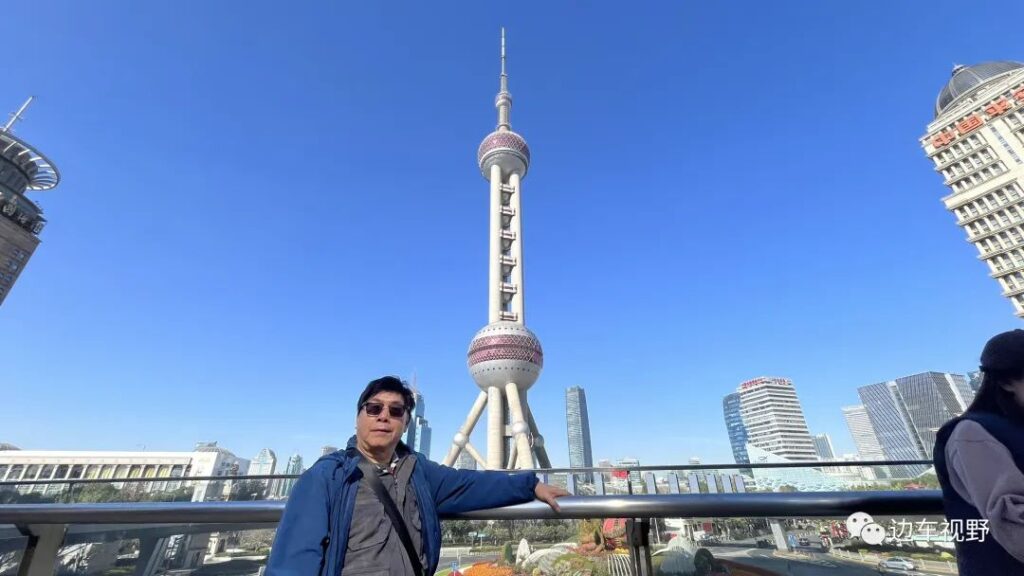
To capture the beauty of the tower, I took the Metro Line 2 to Lujiazui Station.
As I exited from Exit 6, I could see the Oriental Pearl TV Tower standing tall in front of me, with its gray column holding up three purple-red spheres of varying sizes, visible through the gaps between the high-rise buildings.
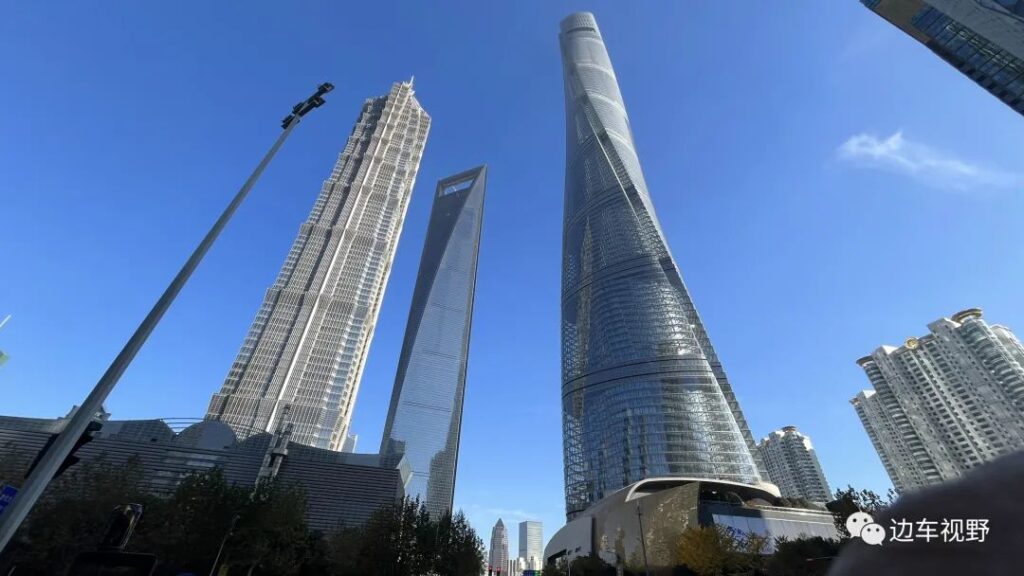
Walking towards the tower, I noticed a red double-decker bus parked by the roadside, with a middle-aged woman shouting, “Take the bus to tour Lujiazui!” The price was 30 yuan.
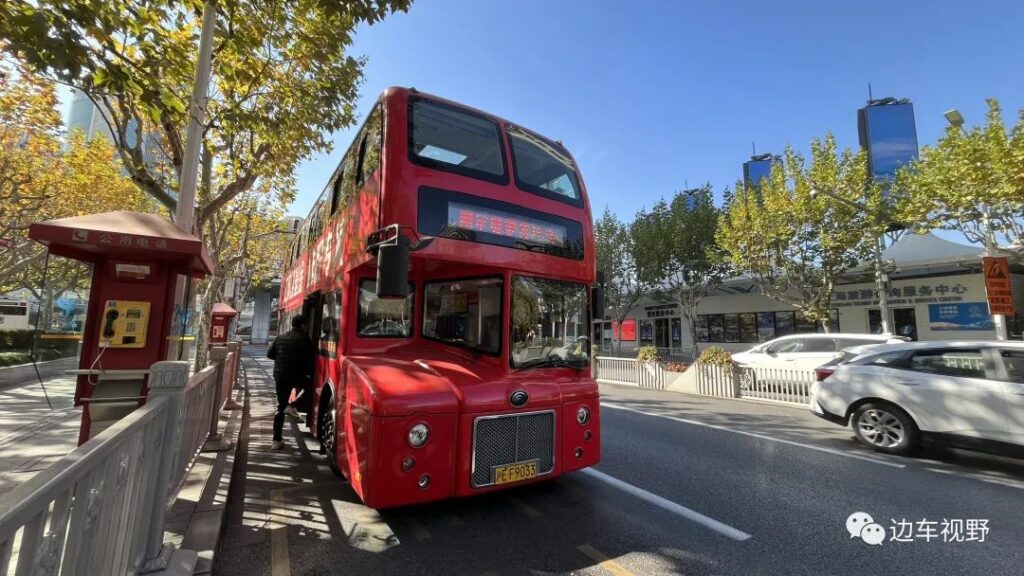
I bought a ticket and boarded the bus, where mineral water was provided. I chose a seat by the window facing the Oriental Pearl TV Tower, opened the window, and saw the tower as if it were within reach.
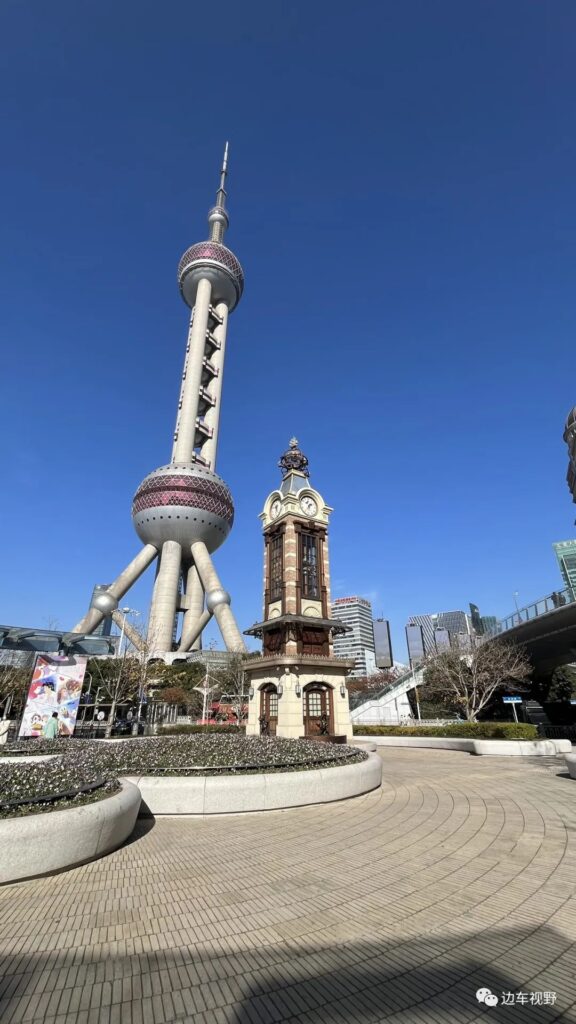
I gazed at the Oriental Pearl TV Tower, a symbolic building of Shanghai. The tower, standing at 468 meters tall, is one of Shanghai’s iconic cultural landscapes.
Its construction began in 1991 and was completed in 1995.
After its completion, it became a landmark building in Shanghai and a 5A-level scenic spot.
Tourists can visit the tower for sightseeing, as it integrates sightseeing, TV tower transmission, accommodation, and leisure entertainment into a high-end landmark building.
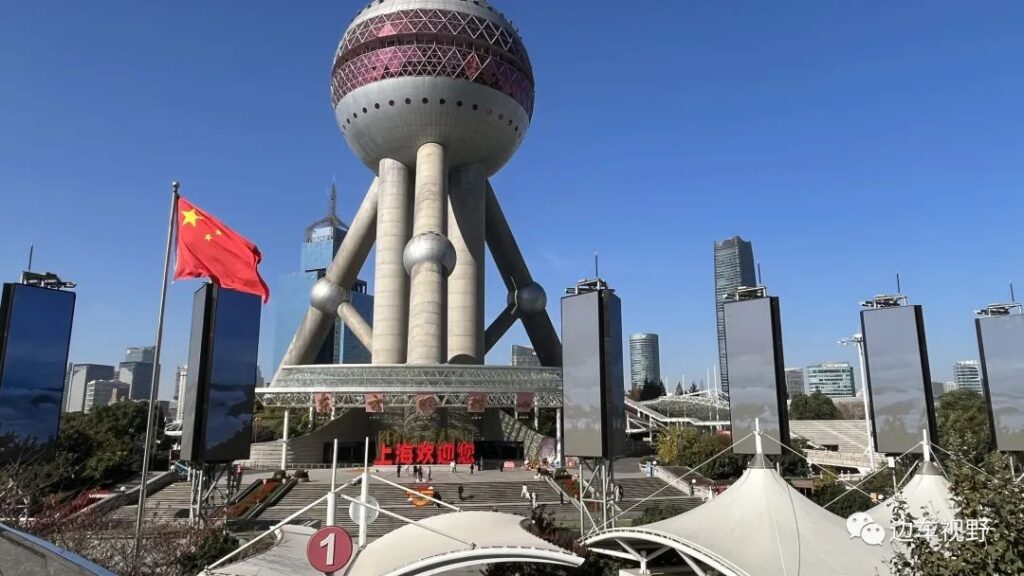
The woman who was selling tickets earlier boarded the bus and became our tour guide, introducing the buildings and scenery along the way.
There were no passengers on the first floor, and only a dozen or so on the second floor, all eager to enjoy the view. The bus started moving.
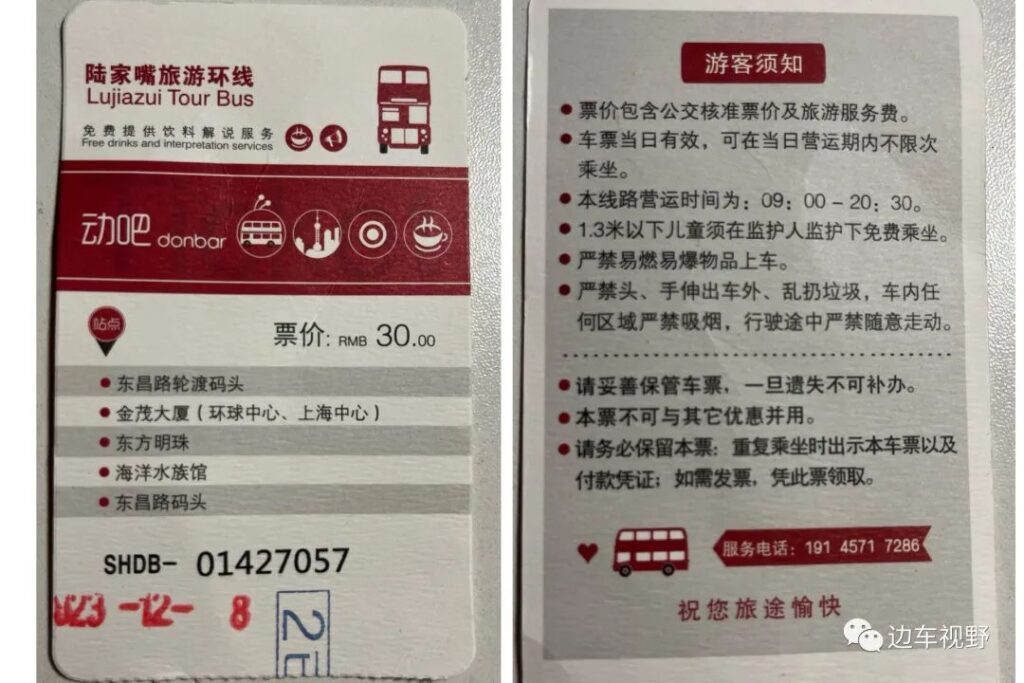
The bus was part of the Lujiazui Tourist Loop. The ticket indicated the route and the places it passed by: Oriental Pearl Tower, Ocean Aquarium, Dongchang Road Ferry Terminal, Jin Mao Tower, Shanghai World Financial Center, Shanghai Tower, and more.
The 30-yuan ticket price included the approved bus fare and tourism service fee. The ticket was valid for the day of purchase and allowed unlimited rides during the day’s operating hours.
As the bus drove past the towering skyscrapers, the tour guide focused on introducing Shanghai’s “Three Giants.” These “Three Giants” refer to three buildings that represent the height of Shanghai and even the entire country:
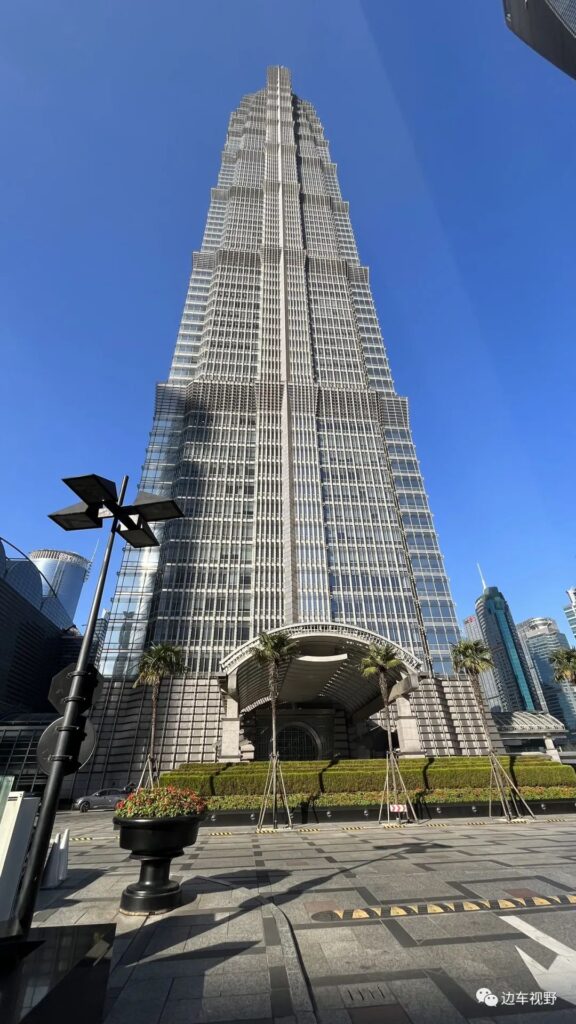
The first is the Jin Mao Tower, which is called the “Syringe” due to its unique shape. Shanghai’s Jin Mao Tower stands at 420.5 meters tall and was China’s tallest building in the 1990s, featuring a square tower design.
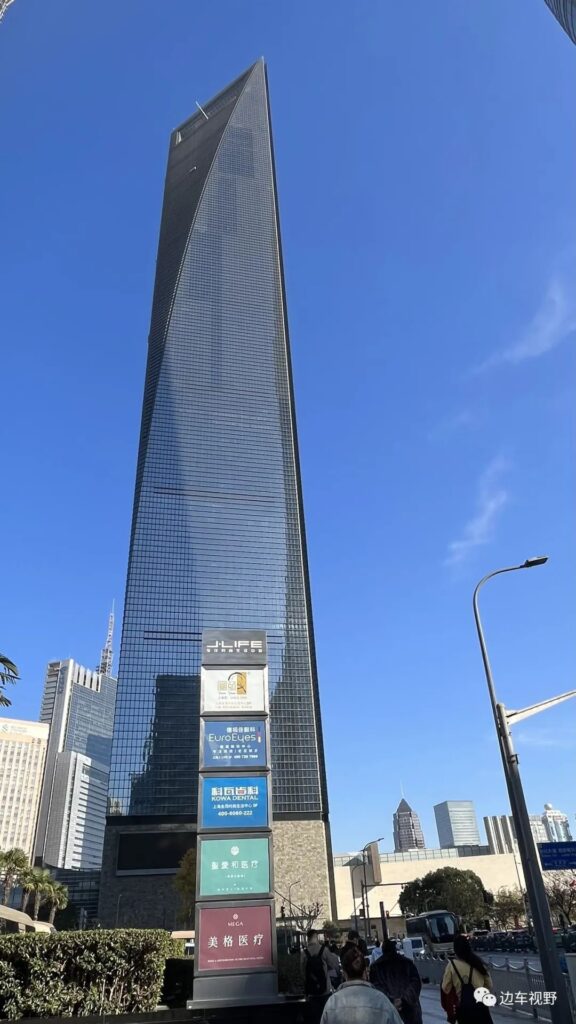
The second is the Shanghai World Financial Center, known for its distinctive wind tunnel opening at the top, earning it the nicknames “Bottle Opener” and “Shanghai’s Eye.”
The Shanghai World Financial Center reaches a height of 492 meters and became China’s tallest building upon completion.
With 101 floors above ground and 3 floors underground, it broke several records. The building began operations in 2008 and serves as a multi-functional sightseeing and business tower. The observation hall on the 100th floor is a popular tourist attraction.
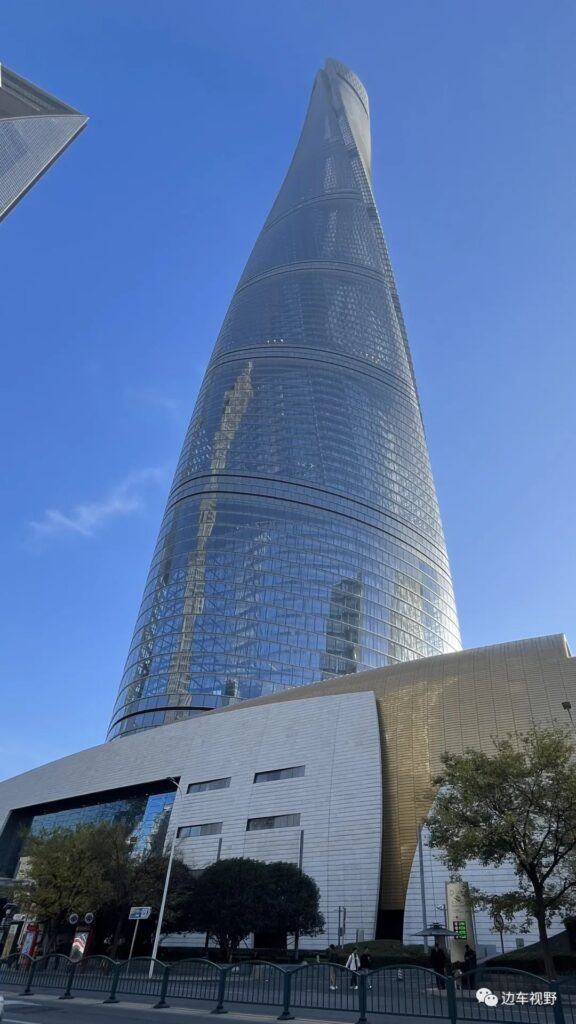
The third is the Shanghai Tower, nicknamed the “Egg Beater” due to its spiral exterior design. The Shanghai Tower is a super-tall building standing at 632 meters, currently the tallest building in China.
Construction began in 2008 and was completed in 2016, making it the country’s tallest building. The Shanghai Tower is a modern steel-structured building with 127 floors above ground and 5 floors underground, representing the pinnacle of Shanghai’s pursuit of height.
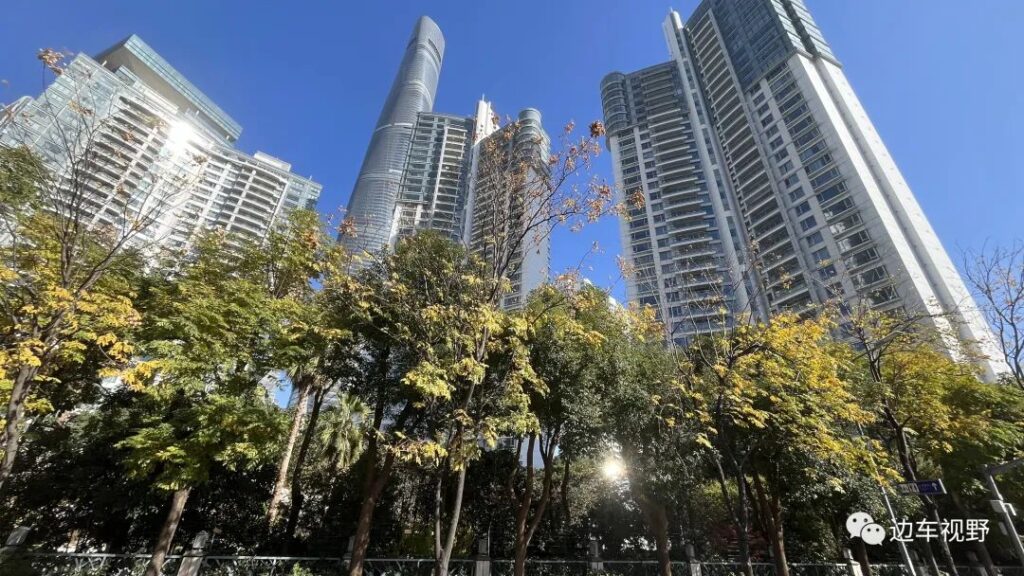
The “Three Giants” – Jin Mao Tower, Shanghai World Financial Center, and Shanghai Tower – located in Lujiazui, Pudong, along with the Oriental Pearl TV Tower, have become the representative landmark buildings of contemporary Shanghai.
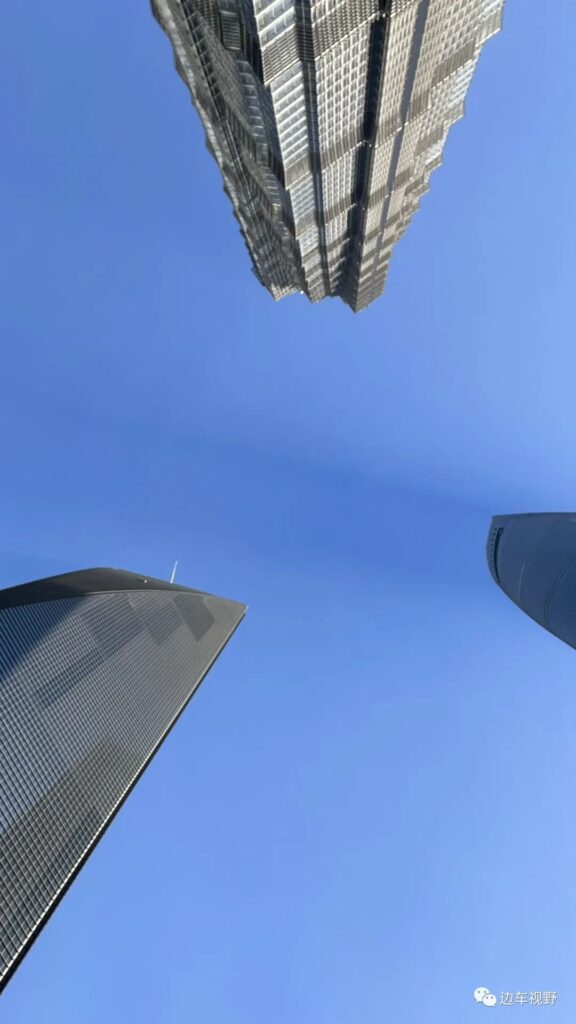
After passing the “Three Giants,” the tour guide pointed ahead and introduced, “The four buildings in front are Shanghai’s most expensive residential area, where many wealthy people and celebrities live.
It’s called Tomson Riviera.” When asked about the price per square meter of Tomson Riviera, the tour guide told us, “38,000 yuan per square meter.” This price left everyone in awe.
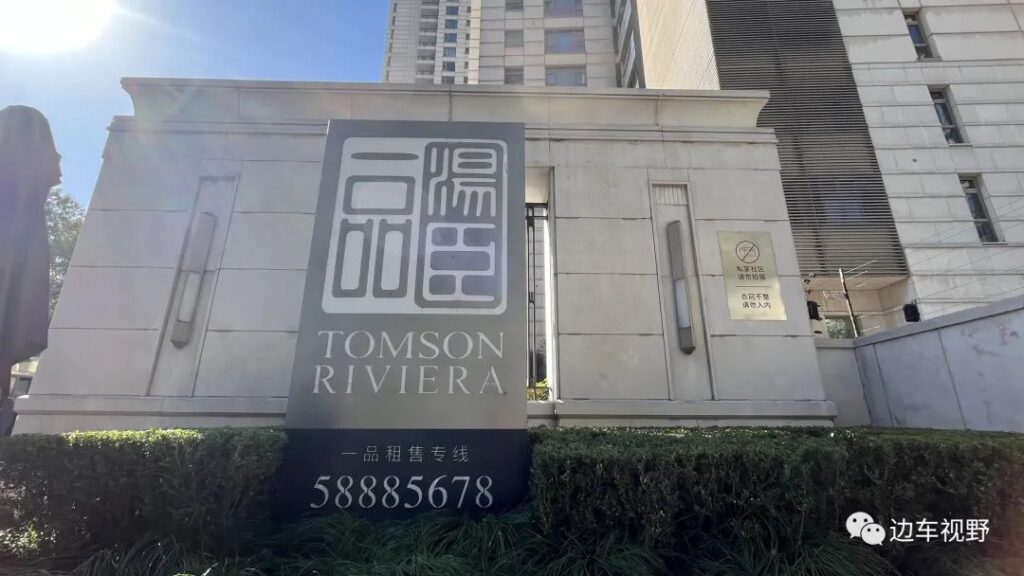
The bus ride lasted about 20 minutes before arriving at the Dongchang Road Ferry Terminal.
The tour guide asked us to get off the bus, saying that we could buy a 2-yuan ferry ticket at the terminal and take the boat across the Huangpu River to see the Bund.
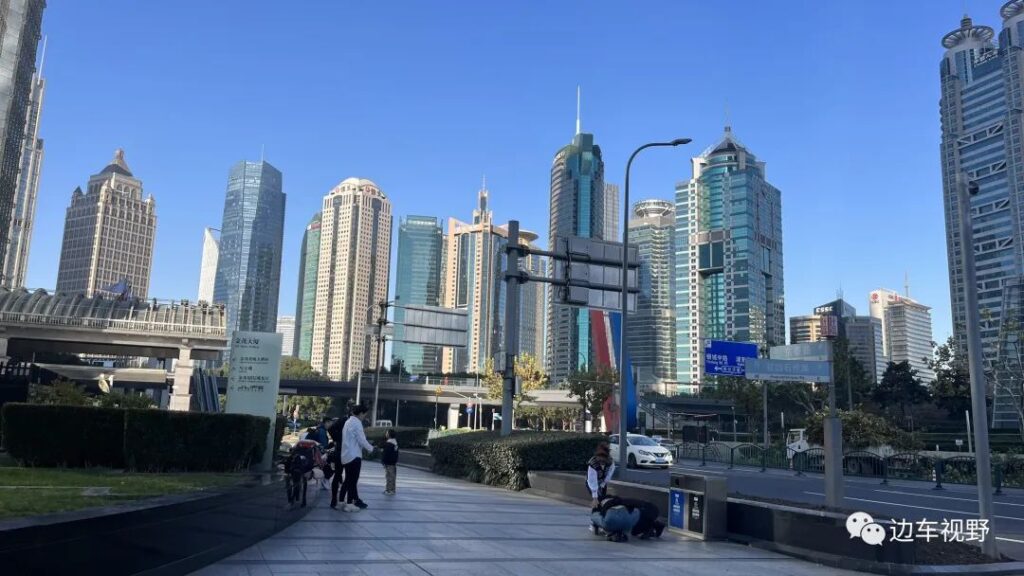
I didn’t take the ferry because my focus for the day was to see the new landmark buildings in Lujiazui.
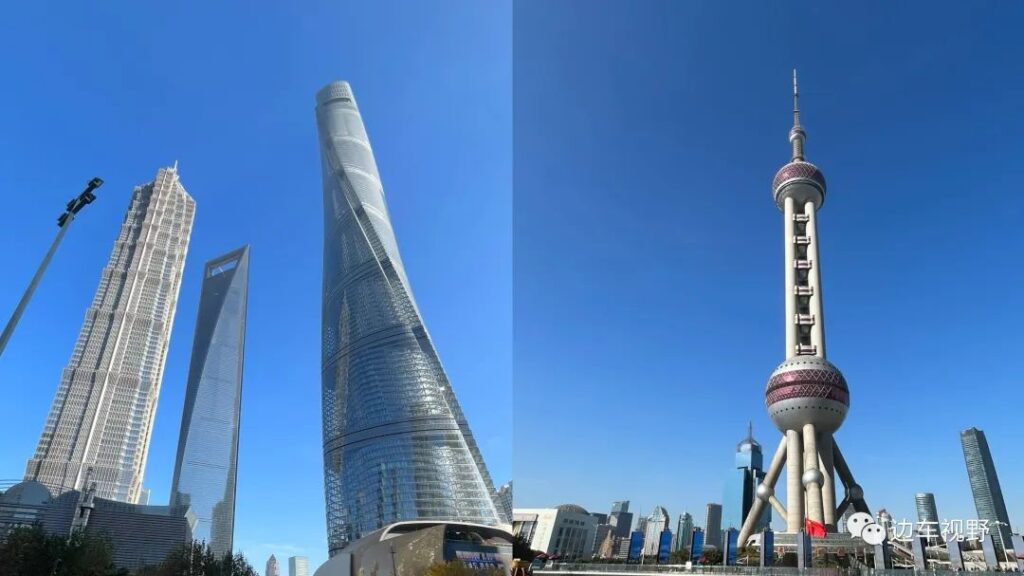
I walked along the embankment of the Huangpu River, watching the boats shuttling back and forth on the river and admiring the buildings on both sides of the Huangpu River – the Bund and Lujiazui.
Different eras indeed have different landmarks. The Jin Mao Tower stands at 420.5 meters, the Oriental Pearl TV Tower at 468 meters, the Shanghai World Financial Center at 492 meters, and the Shanghai Tower at 632 meters. Each building is taller than the last, constantly redefining the height of the era.
